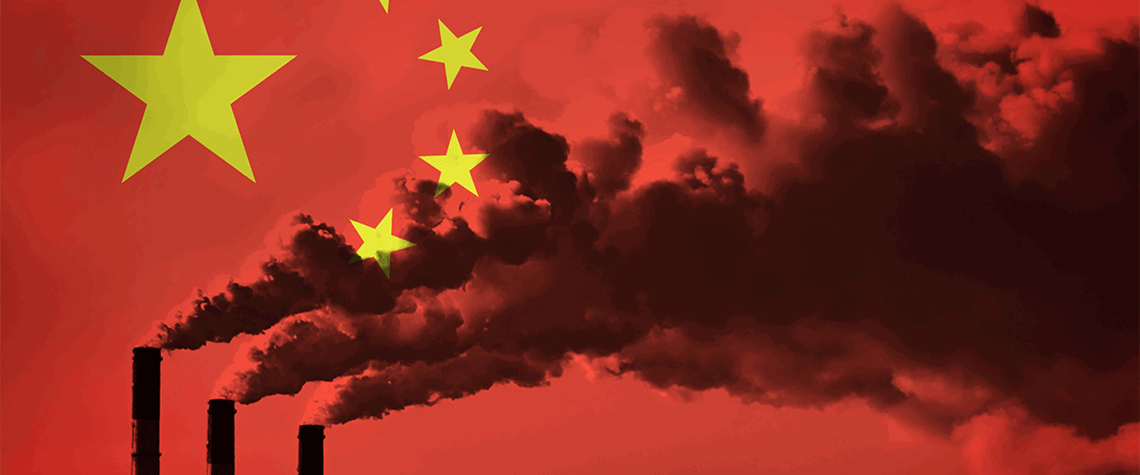China’s emissions trading scheme lacks bite
Overly generous allowance allocations and low prices blunt impact of world’s largest cap-and-trade scheme in its first 18 months
China’s cap-and-trade scheme has so far struggled to make an impact on emissions from domestic thermal power generators—the only sector it covers—because of low prices and overly generous allowance allocations. China’s emissions trading system (ETS) went live in July 2021 after years of delays and six regional pilots in cities including Beijing and Shanghai. It covers 2,162 thermal power plants that each emit at least 26,000t of CO₂/yr. The scheme, overseen by the state-owned Shanghai Environmental and Energy Exchange (SEEE), covers c.4.5bn t/yr of CO₂ emissions, making it the biggest in the world by volume. But transaction value in its first year of operation reached just RMB8.5bn ($1.22bn)

Also in this section
21 July 2024
Awards experience 20% increase in nominations this year, with submissions from 27 countries
18 July 2024
Platform developed at Scottish university uses advanced simulations and machine learning to find most cost-effective and sustainable combinations of materials for use in carbon capture
18 July 2024
Stockholm Exergi agrees to one of world’s largest deployments of CO₂ liquefication technology to enable transport of emissions captured from biomass power plant
11 July 2024
Watkins will leverage her financial acumen and strategic insight to lead Gulf’s commercial initiatives across media, events, and market intelligence







